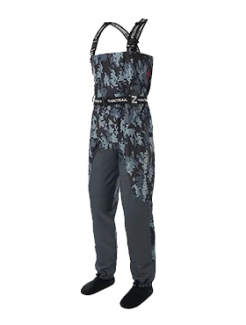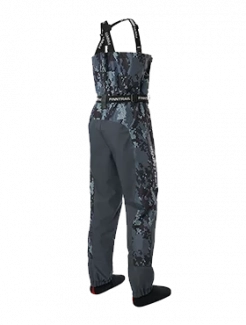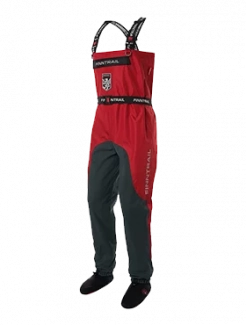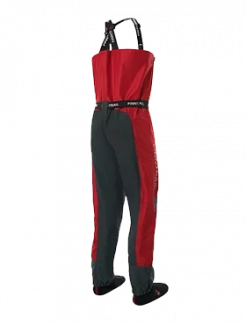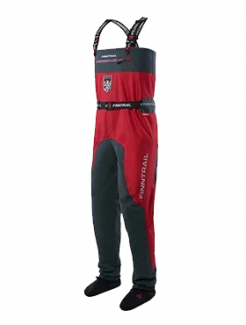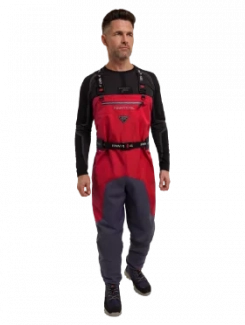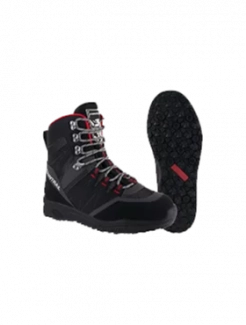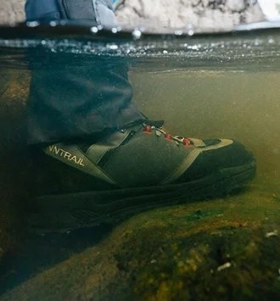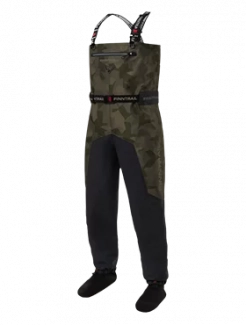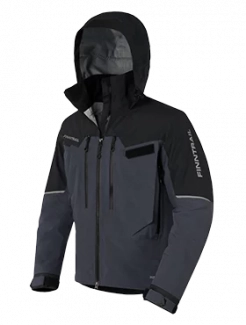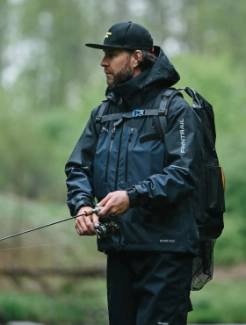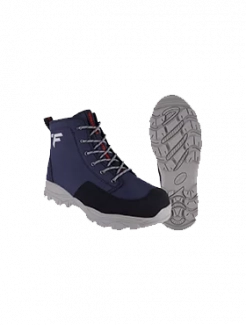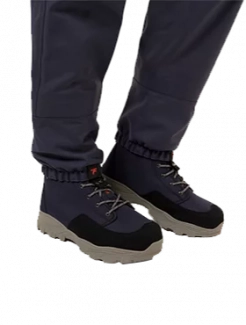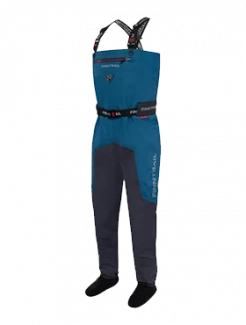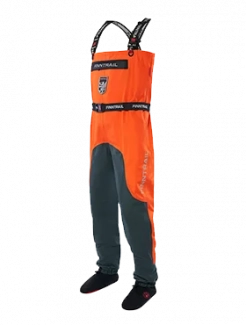How to Choose the Right Fly Reel for Different Fish Species
For many anglers, fly fishing is more than a hobby — it’s a lifelong passion. From chasing trout in mountain streams to battling redfish on coastal flats, every adventure begins with the right setup. One of the most important pieces of gear is your fly fishing reel. While it might look simple compared to spinning reels, its role goes far beyond just holding line. A well-chosen reel balances your rod, protects your tippet, and gives you the stopping power to handle everything from small trout to trophy salmon.
But here’s the challenge: different fish require different reels. The best reels for trout are not the same as the reels for salmon, and what works for bass won’t hold up against a powerful steelhead. This guide will walk you through choosing the right reel step by step.
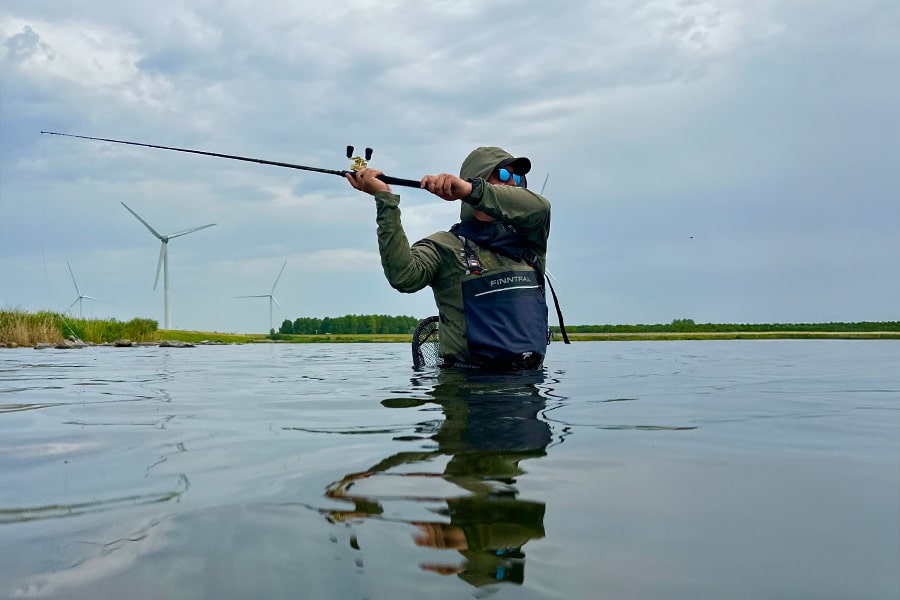
Why the Fly Reel Matters
Some beginners assume the reel doesn’t matter much in fly fishing — after all, most of the casting is done with the rod and line. But once you hook into a fish, the reel becomes your lifeline. It controls drag, stores backing, retrieves line, and helps you land your catch without breaking your tippet or rod.
When choosing a fly reel, there are four key factors to consider:
-
Rod and Line Match – always match the reel weight to your rod and line. For example, a 5-weight rod pairs with a 5-weight reel. This ensures balance, smoother casting, and better control.
-
Arbor Size – large-arbor reels retrieve lines faster, reducing slack and giving you an advantage with strong fish. Standard or mid-arbor reels are lighter but slower.
-
Drag System – a smooth drag protects light tippets and helps control powerful fish. Trout anglers may get by with a click-and-pawl system, but for salmon, steelhead, or redfish, a sealed disc drag is essential.
-
Material and Build – machined aluminum is durable and corrosion-resistant, making it ideal for saltwater and long-term use. Cast aluminum reels are more affordable but less rugged.
Keeping these basics in mind will make it easier to decide whether you need a heavy-duty option for steelhead, or a lightweight reel for trout.
Best Fly Reels for Trout
When most people think of fly fishing, they picture trout streams — and for good reason. Trout are accessible, fun to catch, and found in a variety of environments. The best fly reels for trout usually fall into the 3–6 weight range.
-
Small streams – a 3- or 4-weight rod and reel combo is perfect for delicate presentations. Here, a lightweight reel with a simple click-and-pawl drag is more than enough.
-
Medium to large rivers – a 5-weight is the all-around favorite. Pair it with a mid- or large-arbor reel for faster line pickup when trout make long runs.
-
Lakes and big rivers – a 6-weight reel balances heavier rods and allows you to throw bigger streamers or handle larger fish.
For beginners, a 5-weight rod and reel setup is considered the “do-it-all” option that handles nearly every trout situation.
Fly Reels for Salmon
Salmon are in a league of their own when it comes to strength and stamina. A 20-pound salmon can strip 100 yards of backing in seconds. That’s why the best fly reel for salmon must be tough, smooth, and spacious.
-
Weight Class – choose an 8–10 weight reel to match the heavy rods used for salmon.
-
Backing Capacity – look for reels with deep spools that can hold at least 200 yards of backing.
-
Sealed Drag – a sealed drag system is crucial, especially in wet and sandy environments. It prevents water, grit, and salt from ruining your reel mid-battle.
-
Durability – since salmon fishing often involves both fresh and saltwater environments, corrosion resistance is a must.
Best Fly Reel for Steelhead
Steelheads, often called the “fish of a thousand casts,” are prized for their power and acrobatics. They live in both rivers and coastal environments, making reel choice critical.
-
Rod Match – a 7–9 weight reel is best for steelhead.
-
Large Arbor – since steelheads are notorious for blistering runs, a large-arbor design ensures quick line retrieval.
-
Drag System – smooth, sealed disc drags are essential for managing long runs without breaking your leader.
-
Durability – if you’re fishing the Pacific Northwest or Great Lakes, pick a corrosion-resistant reel that can handle both fresh and saltwater.
The best reel for steelhead is one that balances strength with smooth performance, giving you confidence when that rare hookup happens.
Best Fly Reel for Bass
Bass fishing with a fly rod is growing in popularity, especially in warm-water regions. The best reel for bass needs to handle large, aggressive fish while casting heavy flies like poppers and streamers.
-
Rod Weight – most bass anglers use 6–8 weight rods, so pair your reel accordingly.
-
Drag Power – while bass don’t run like salmon, a solid drag system helps manage sudden dives and strong head shakes.
-
Line Pickup – a large-arbor reel helps when stripping in line quickly.
-
Durability – bass fishing often involves rough conditions, heavy weeds, or structure. A tough, machined reel will last longer than cheaper options.
A 7- or 8-weight setup covers largemouth, smallmouth, and even light saltwater action.
Best Fly Reel for Redfish
Few fish test your gear like redfish. Found in coastal flats and estuaries, these saltwater predators combine speed, power, and stubbornness. The best fly reel for redfish must be built for the salt and strong enough to stop long, blistering runs.
-
Weight Class – use an 8–10 weight reel.
-
Saltwater Ready – choose anodized aluminum reels with sealed drag systems to prevent corrosion.
-
Backing Capacity – at least 200 yards of backing is recommended.
-
Large Arbor – quick line pickup is essential when redfish run across shallow flats.
When choosing a fly reel, always remember that redfish demand saltwater-grade construction. A freshwater reel will quickly corrode and fail in coastal environments.
Choosing a Fly Rod and Reel Together
A lot of anglers don’t just ask how to choose a fly reel — they also want to know how to match the right fly rod and reel together. Here are a few tips to help.
-
Match the weights – a 5-weight rod should pair with a 5-weight reel. This ensures proper balance.
-
Think about your species – trout anglers can get away with lighter reels, while bass, salmon, steelhead, and redfish require stronger gear.
-
Consider versatility – if you only want one setup, a 5-weight covers most freshwater fish, while an 8-weight covers both bass and saltwater species.
-
Budget wisely – spend more on your reel if you plan to target large, powerful fish. For smaller trout streams, a budget reel will do the job.
Common Mistakes When Choosing a Fly Reel
-
Buying too light – using a trout reel for salmon or steelhead will result in lost fish and broken gear.
-
Ignoring drag quality – cheap reels with sticky drags can snap tippets instantly.
-
Overlooking balance – a reel that’s too heavy or too light throws off your casting rhythm.
-
Forgetting the environment – freshwater reels don’t last in saltwater. Always buy saltwater-safe reels for redfish, bonefish, or sea trout.
Choosing a quality reel for fly fishing means fewer frustrations, more landed fish, and years of dependable use. Invest wisely, and you’ll be ready for any species that takes your fly.

